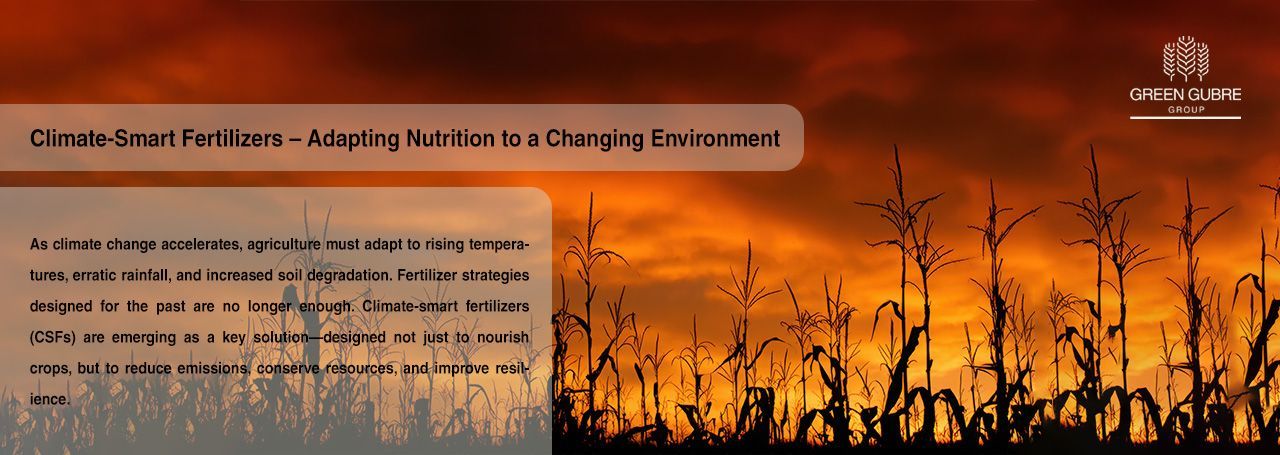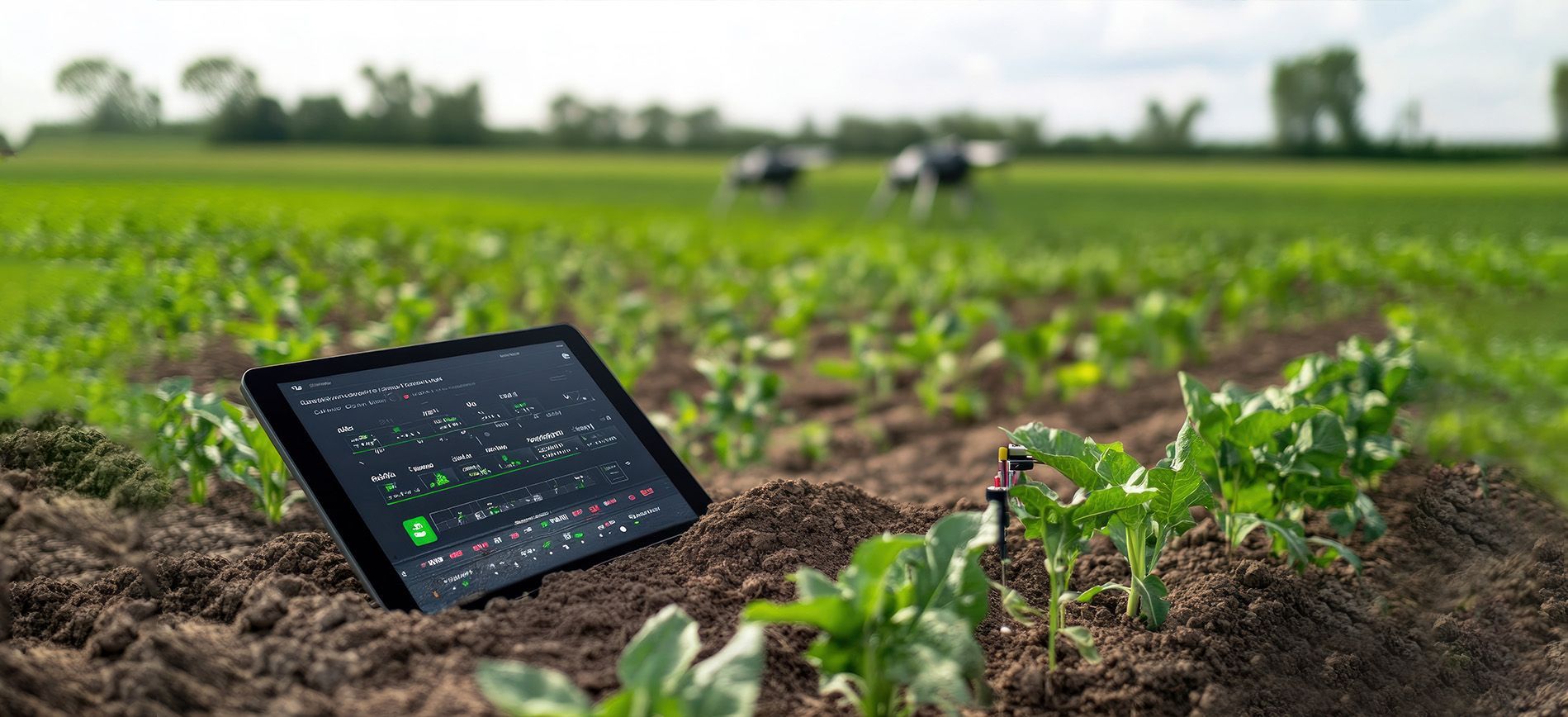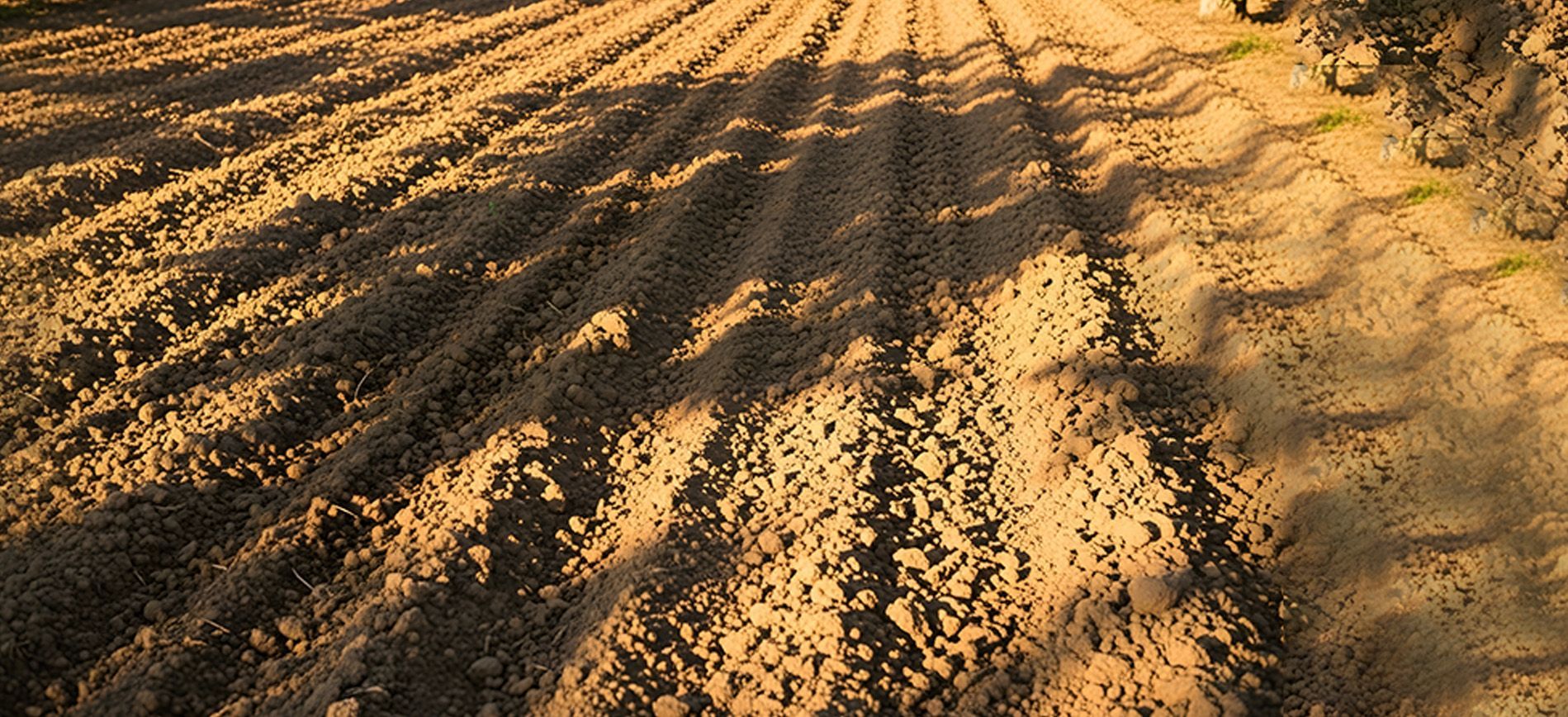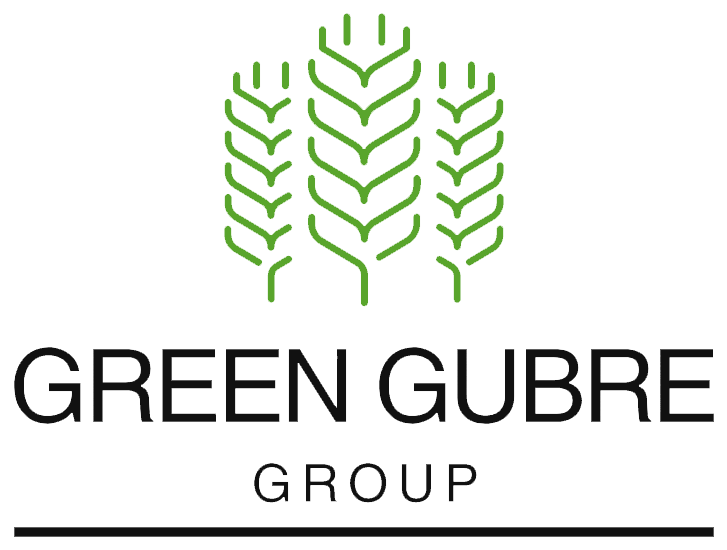Climate-Smart Fertilizers – Adapting Nutrition to a Changing Environment
Climate-Smart Fertilizers – Adapting Nutrition to a Changing Environment

Introduction: Feeding Crops in a Warming World
As climate change accelerates, agriculture must adapt to rising temperatures, erratic rainfall, and increased soil degradation. Fertilizer strategies designed for the past are no longer enough. Climate-smart fertilizers (CSFs) are emerging as a key solution—designed not just to nourish crops, but to reduce emissions, conserve resources, and improve resilience.
From reduced nitrogen losses to enhanced drought tolerance, CSFs help farmers grow more with less—and do it sustainably. In an era of environmental accountability and volatile markets, these products are not only wise—they’re necessary.
What Are Climate-Smart Fertilizers?
Climate-smart fertilizers are advanced nutrient products and technologies that reduce environmental impact while enhancing nutrient use efficiency (NUE). These include:
- Enhanced Efficiency Fertilizers (EEFs): Urease inhibitors, nitrification inhibitors, and controlled-release coatings that reduce nitrogen losses.
- Carbon-Optimized Blends: Fertilizers with lower carbon footprints during production and application.
- Water-Smart Formulations: Products designed to perform under drought or irregular rainfall.
- Biological Fertilizers: Including microbes that improve nutrient cycling, reduce emissions, or enhance root efficiency.
Why They Matter: Environmental and Economic Drivers
| Challenge | Climate-Smart Fertilizer Response |
|---|---|
| Nitrogen leaching & groundwater pollution | Nitrification inhibitors slow nitrate formation |
| Volatilization of urea (ammonia loss) | Urease inhibitors protect nitrogen |
| Greenhouse gas emissions (N₂O) | Enhanced efficiency reduces emissions up to 60% |
| Drought and water stress | Polymer coatings extend nutrient availability |
| Soil degradation | Organic & microbial products support soil regeneration |
Source – FAO – Climate Smart Agriculture
Types of Climate-Smart Fertilizers
Controlled-Release Fertilizers (CRFs)
Nutrients are released over time based on temperature or moisture.
✅ Improved efficiency and yield
✅ Ideal for row crops, horticulture, and greenhouses
Stabilized Nitrogen Fertilizers
Urease Inhibitors (e.g., NBPT): Delay urea hydrolysis
Nitrification Inhibitors (e.g., DCD, DMPP): Reduce nitrate formation
✅ Cut nitrogen losses, protect water & air quality
Bio-Based & Microbial Fertilizers
Nitrogen-fixing and phosphorus-solubilizing bacteria
✅ Boost nutrient cycling, improve soil biology
✅ Often approved for organic systems
Liquid EEFs for Precision Agriculture
✅ Perfect for fertigation or drip systems
✅ Pair with smart irrigation and sensors
Source – Fertilizer Focus – Enhanced Fertilizer Technologies
Performance in Stress Conditions
| Crop | Climate Stress | CSF Advantage |
|---|---|---|
| Wheat | Heat stress | CRFs improve grain fill under high temps |
| Rice | Flooding | Inhibitors reduce methane and N₂O emissions |
| Tomato | Drought | Water-smart fertilizers ensure a sustained NPK supply |
| Maize | Soil degradation | Microbial fertilizers boost root uptake and resilience |
| Citrus | Salinity | Organic carbon-rich CSFs improve nutrient balance and reduce salt stress |
Source – Journal of Cleaner Production
Green Gubre Group’s Climate-Smart Solutions
At Green Gubre Group, we are proud to support the climate-resilient farmer of tomorrow with:
- SmartCoat™ CRF Granules: Controlled-release blends for row and horticultural crops
- Urease/Nitrification Inhibited Urea (UIU/NIU): Stabilized nitrogen for minimal losses
- MicroBio+™ Blends: Organic and biological enhancers for soil and nutrient health
- Precision Fertilizer Programs: Based on weather forecasts, soil maps, and satellite imagery
- Custom CSF Formulations: Blended per regional climate risks and soil types
Conclusion: Smart Nutrition for a Changing Climate
Climate-smart fertilizers are more than a trend—they are a necessity for ensuring future food security and reducing agriculture’s environmental footprint. By adopting these advanced products, farmers can reduce emissions, save inputs, and protect yields—even under extreme weather or degraded soils.
It’s time to align fertilizer use with the realities of a changing planet—and Green Gubre Group is here to lead that transformation.




